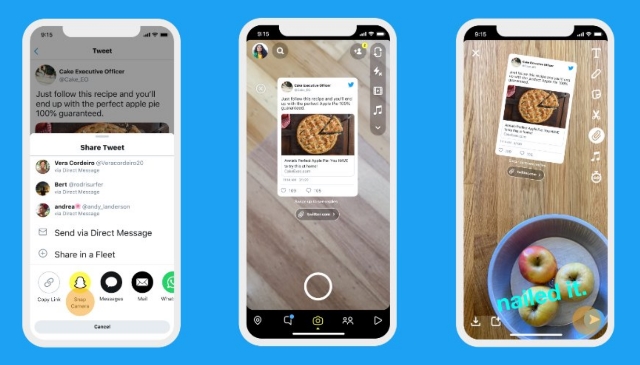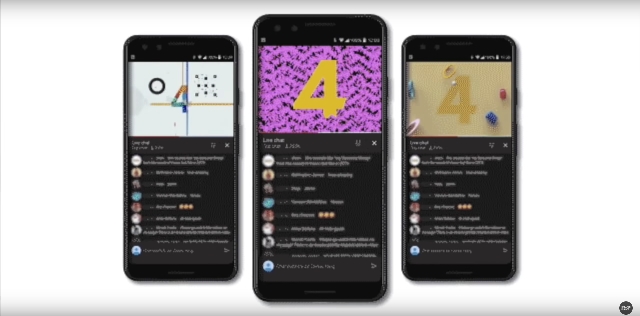YouTube’s Trending section is one of the most coveted areas for video creators to appear, as it introduces countless users to entirely new channels and topics every day. As it is one of the few areas on YouTube which isn’t influenced by users’ watch histories, opening the opportunity for people to find things they otherwise never would have watched.
Perhaps most importantly, the list of videos is the same for users across an entire country, meaning a video creator could theoretically reach every American user if they manage to get into the YouTube Trending section.
Of course, as the section content creators most aspire to be in, the Trending section has also developed its fair shares of myths and misunderstandings about how it works over the years.
From the idea you have to pay someone to get in, to the belief that there is an ideal time to publish your video, YouTube’s Creator Insider channel recently debunked some of the biggest myths surrounding the prized YouTube Trending section.
Myth 1: Preferential Treatment
Perhaps the oldest myth about the YouTube Trending section is that it’s all about who you know or who you pay. Unless you have connections at YouTube or you are willing to grease some palms, you won’t break into the VIP-esque Trending section.
Now, this is obviously not true. There is no one you can pay or buddy up to in order to get into the Trending section.
While YouTube’s algorithms are extremely complex and can be hard to decipher, it is clear there is a method to the madness. Specifically, YouTube considers these factors when selecting the latest Trending videos:
- View count
- How quickly the video is generating views
- Where the views are coming from (including off YouTube)
- The age of the video
- How the video performing compared to recent uploads from the same channel
Additionally, videos have to be free of excessive profanity, violence, mature, or disparaging content to appear in the Trending section.
Myth 2: You’ve Got To Be Well-Known
Due to its nature, there is a commonly held belief that the Trending section is dominated exclusively by famous comedians, talk-show hosts, and influencers with massive followings like Jake Paul or PewDiePie.
Not only is that not how the Trending section works, it goes against the actual purpose of the list.
While many recognizable faces regularly appear in YouTube Trending, the company actually works to guarantee at least half of the videos at any given time come from smaller creators.
In addition to this, the YouTube Trending section also includes areas which specifically showcase a daily “creator on the rise” and “artist on the rise.”
Myth 3: There’s a Perfect Time To Publish
Since YouTube has never revealed the more minute details about the Trending section, many have developed theories about the ideal time and way to publish their video to boost their chances.
This one falls under mostly false. The YouTube Trending feed updates every 15 minutes, so exactly when your video is uploaded does very little to directly influence your chances.
However, it is very possible there is a best time to publish for your audience. This is something that can only be discovered through trial, error, and analysis, though, so I wouldn’t spend much energy listening to anyone who says you have to be publishing at a specific time to make it on the Trending list.
To hear more about these myths and their explanations, check out the full video from YouTube’s Creator Insider channel below:








